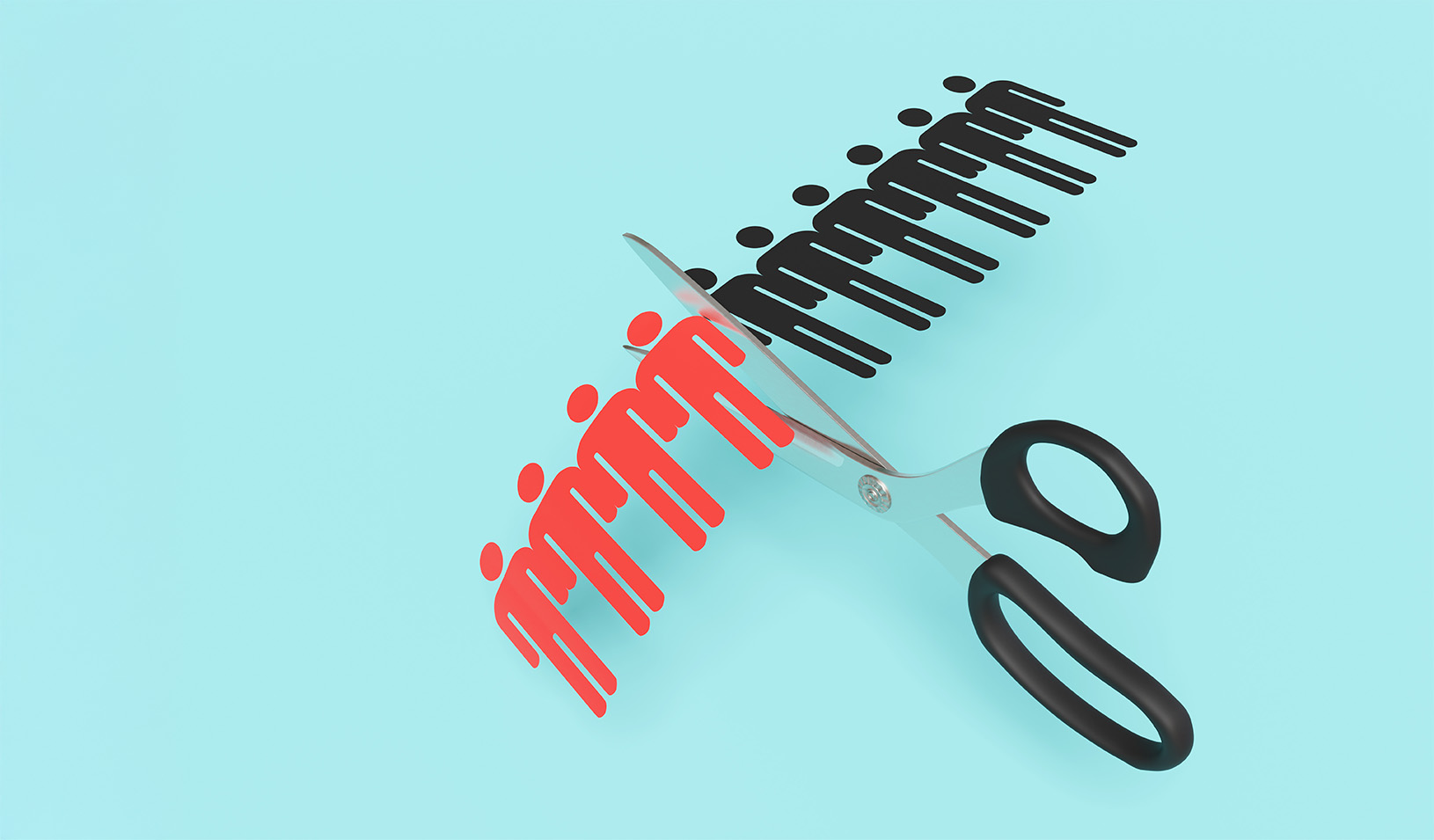Tax reform could have an unintended consequence, according to new research. | Reuters/Aaron P. Bernstein
President Trump and Republicans in Congress are moving forward on a sweeping overhaul of corporate taxes aimed at increasing investment and accelerating growth.
But a new study coauthored by Rebecca Lester at Stanford Graduate School of Business suggests that both the House and Senate GOP tax bills could inadvertently discourage corporate risk-taking.
To encourage more investment, both bills sharply reduce the top statutory corporate tax rate, which is currently among the highest in industrialized nations. But both bills also cut back on key tax incentives, known as tax loss carryforwards and carrybacks, that the new study finds increase the willingness of companies to take risks.
By looking mainly at the amounts of money available for investment due to corporate tax savings, instead of the willingness to take risks, Lester says, Republican lawmakers may be undermining their own goal of spurring faster economic growth.
“The argument for this tax reform is that it will prompt more economic growth, which in turns helps to reduce the potential expected cost of the legislation,” Lester says. “While I believe there are some merits of the bill, our study would say that reducing a company’s ability to offset losses — and in particular eliminating the opportunity to carry back losses — could have a real effect on risk-taking.”
Under current U.S. law, corporations face a top tax rate of 35% (before taking account of tax breaks), which is substantially higher than the corporate tax rate in most other industrial nations. But the U.S. also provides generous tax breaks that help companies cushion their losses. Companies can “carry forward” their losses in order to reduce their taxes for up to 20 years in the future. They can also “carry back” their losses to claim immediate refunds of taxes they have already paid in previous years. The United States’ relatively high tax rates actually increase the cash value of these tax loss rules. The higher the tax rate, the more money a tax loss deduction is worth.
The new study, which analyzed thousands of companies in the United States and Europe, found that these tax loss rules did indeed spur more adventurous investment in companies that were in a position to take advantage of them. The impact was especially strong in nations like the United States that have relatively high corporate tax rates.
Lester teamed up with Dominika Langenmayr, now at the Catholic University of Eichstätt-Ingolstadt in Germany, and analyzed the investment patterns of thousands of companies in the United States and Europe from 1998 through 2009.
For profitable companies that could reap big tax benefits from losses, the researchers found, having a carryback period of one additional year increased risk-taking investment by 12.9%. Having one additional year to carry forward losses increased risk-taking by a more modest 2.3%. Carrybacks had a bigger effect than carryforwards, because a company can use a carryback to collect an immediate cash refund of taxes already paid. By contrast, the value of a tax loss carryforward depends on whether and how much profit a company makes in future years.
Besides offering important insight for tax reformers, Lester says, the study clears up a mystery that has baffled analysts for years. Economists have long assumed that generous tax loss rules would increase investment, but most previous studies have found that such rules had very little impact on total investment spending.
But that’s the wrong question, Lester says. Carrybacks and carryforwards reduce a company’s risk, so the real question isn’t whether they increase total investment but rather whether they alter the willingness of corporations to take bigger risks.
The new wrinkle here, says Lester, was to see if differences in tax loss rules correlated with differences in risk-taking. To measure that, the researchers examined the volatility of each company’s income, benchmarked against the volatility of income at other firms in the same industry and same nation. They then looked at whether differences in volatility correlated with differences in the way nations handle tax losses. They also looked at what happened when countries changed their tax loss rules from one year to the next.
All the tests pointed in the same direction. In general, more generous tax loss rules did indeed spur risk-taking investment.
The House and Senate bills don’t eliminate the tax loss rules, but they make them much less generous. They eliminate carrybacks, which the researchers found have an especially strong impact, and they reduce the amount of future income that could be offset by carrying forward previous losses. And because both bills reduce the top corporate tax rate from 35% to 20%, they reduce the effective tax benefit of those carryforwards.
Lester says there are still things to appreciate in the tax overhaul, such as moving the United States toward a “territorial” rather than a “worldwide” system of taxing corporate profits. But she worries that lawmakers, in their effort to reduce the budgetary costs of lower rates, have missed a key point about what motivates companies to take bold risks.
For media inquiries, visit the Newsroom.






